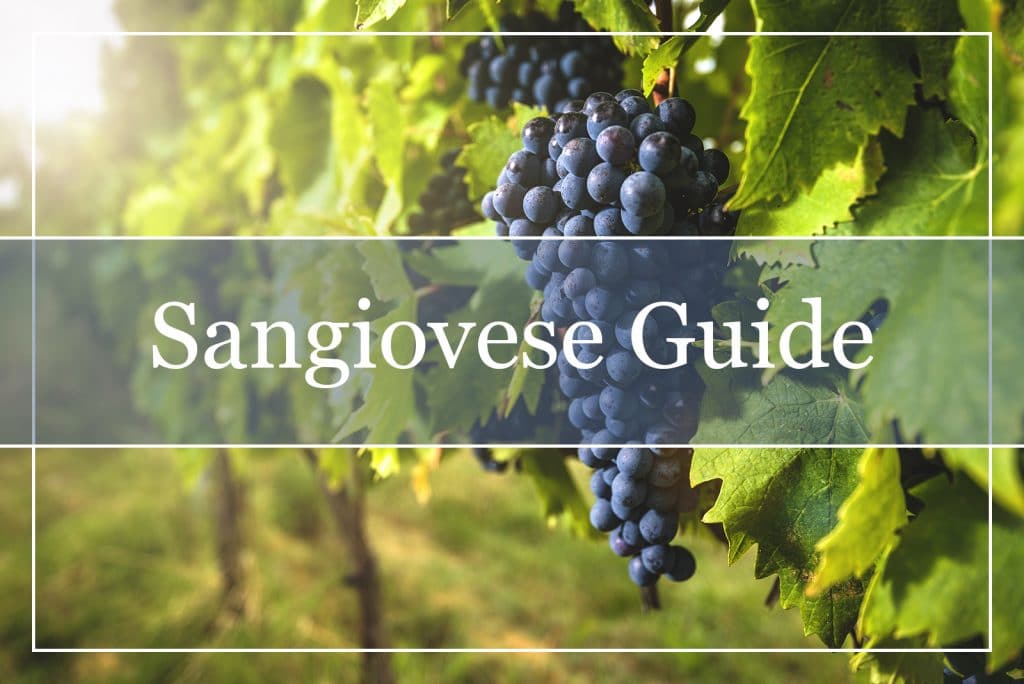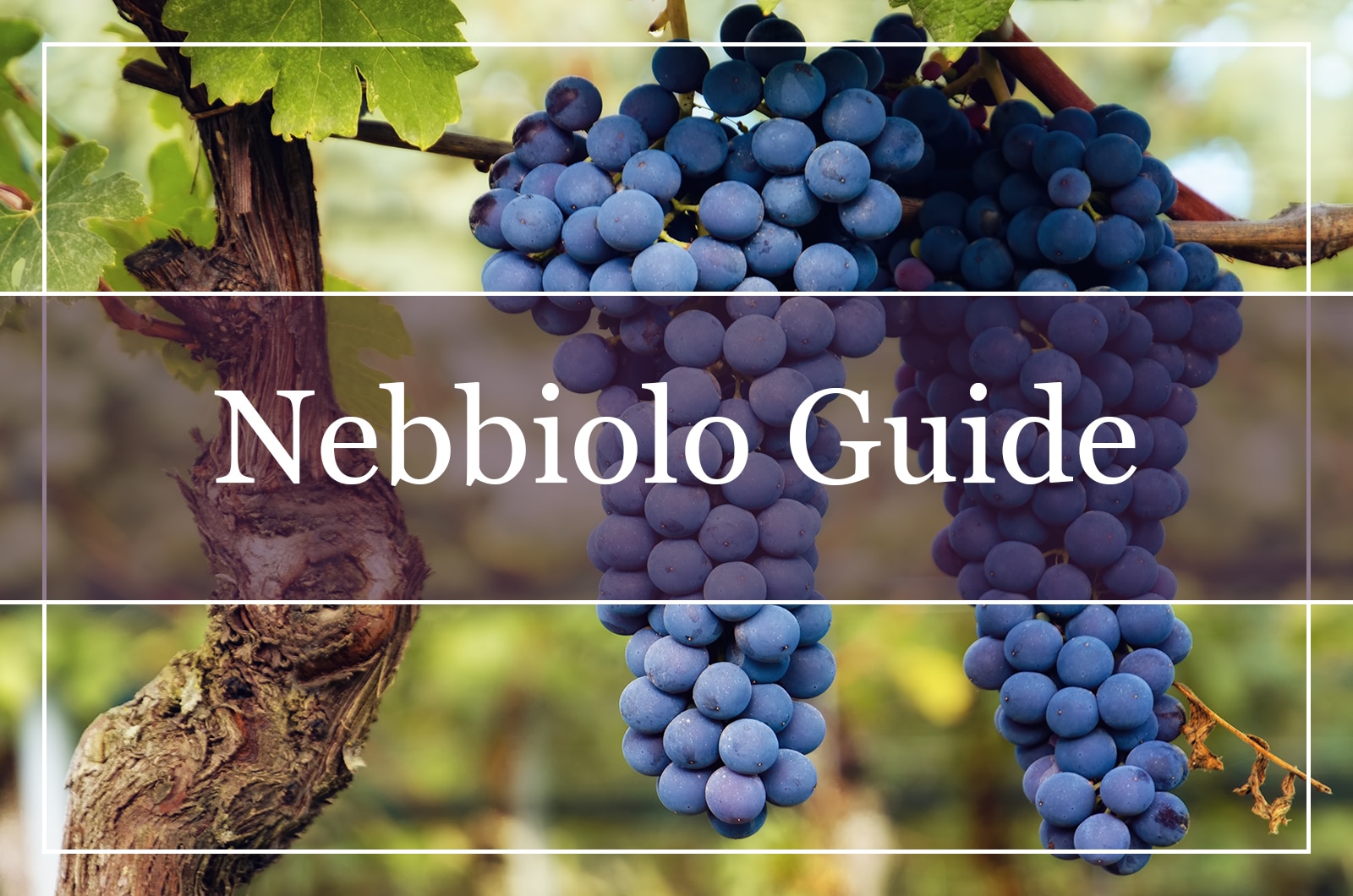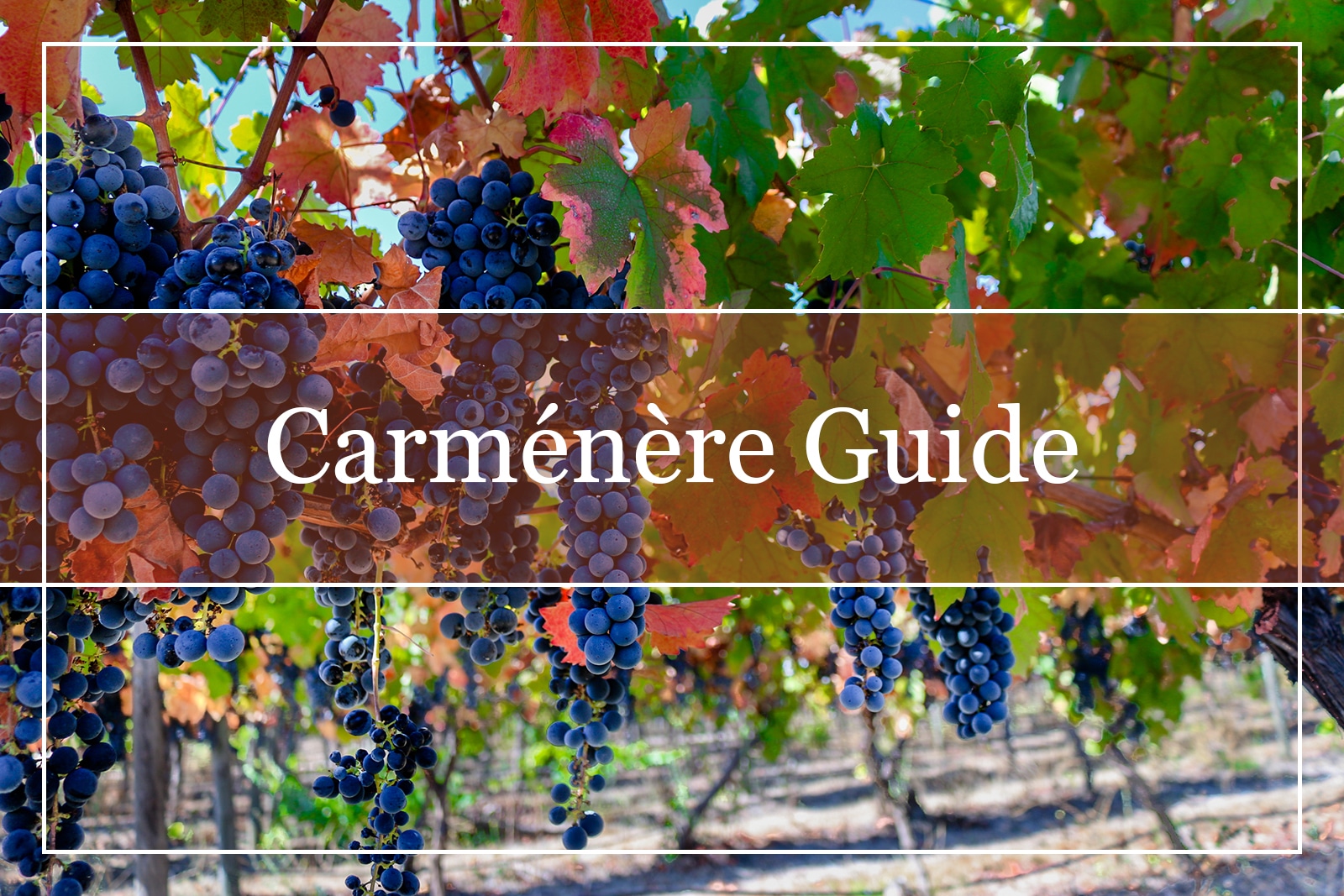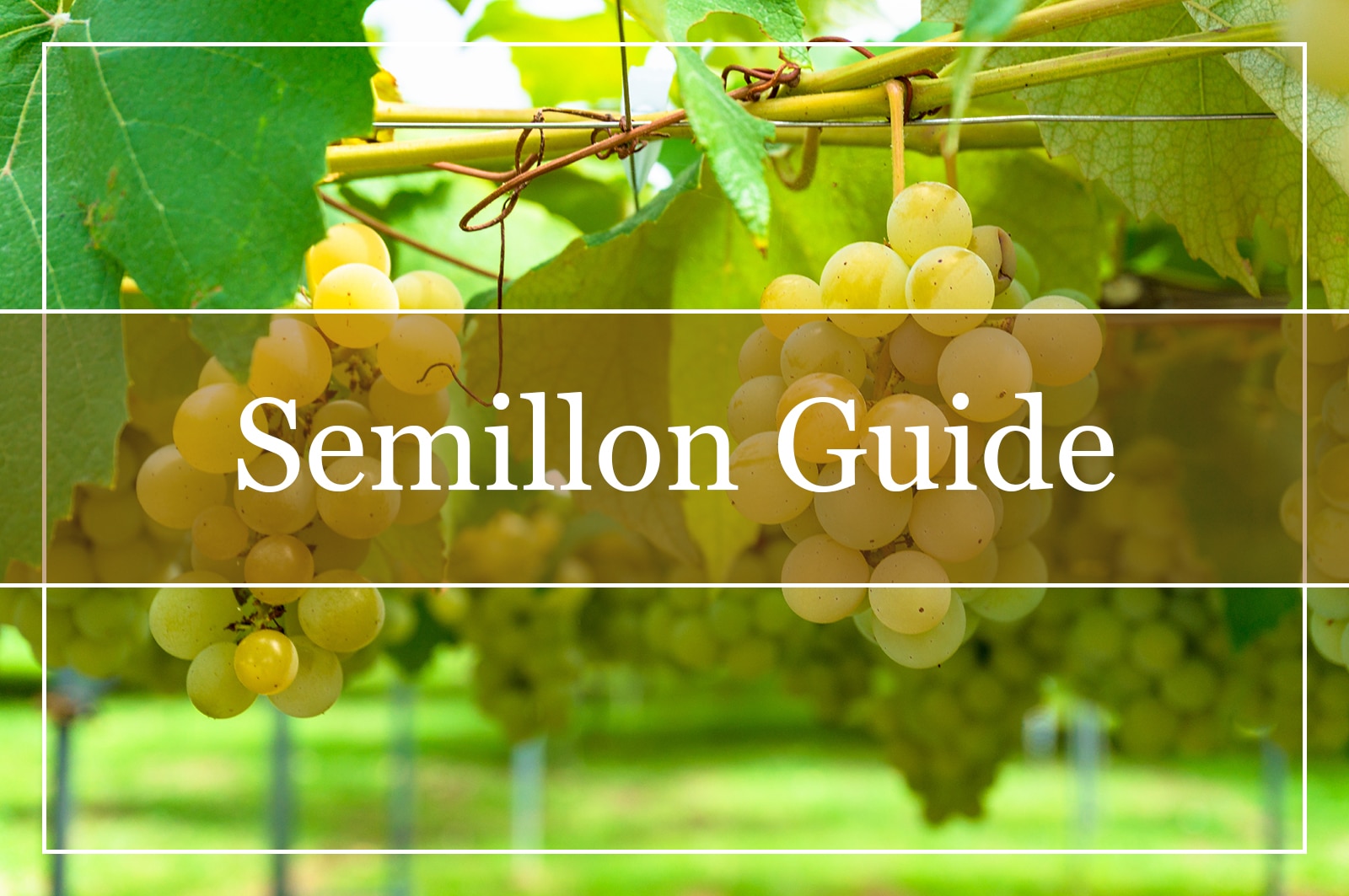What Is Sangiovese?
Ciao Bella! This is a wine guide to the Italian wine, Sangiovese. It is commonly known as the wine of Tuscany and is made from one of the most common grapes grown in Italy.
Brunello Di Montalcino Docg:
Brunello wines are the epitome of the Sangiovese grape because they must be made with nothing less than 100% Sangiovese. They have been given the regal title of “King” of Sangiovese wines with the qualities of full-body, high alcohol, and powerful tannins.
How to Identify Sangiovese Wine?
Sangiovese characteristics are unusual because they contain organic (earth and leaves) as well as inorganic components (rocks and minerals) that are showcased in their aromas and flavors. This wine has a complex structure caused by its flavorsome acidity. With a medium to full body, medium alcohol, and tannin that is well balanced against the acidity.
When drinking a young Sangiovese you will catch fresh fruity flavors of strawberries and light spices. When barrel-aged it becomes oaky. Mature Sangiovese can offer sour red cherries, with aromas of tea leaf and earth.
A Red Wine With High Acidity
The high acidity of this grape varietal has to be tempered to make it more palatable. Therefore, Sangiovese is aged in casks which gives the wine time to soften the astringency. Sangiovese is ideal for blending with other, less powerful, wines.
The grape alters some of its traits according to where it is grown. You can find different mutations in the length and breadth of Italy, and they are worth exploring if you are traveling around Italy.
What Color Is Sangiovese?
The name “Sangiovese” gives you a hint as to the color expressions of this red wine. The name literally means “The Blood of Jove” and was probably called that by the Romans and Etruscans due to the reddish-orange hues in the color of the wine.
A Blood Red Wine
Depending on the terroir and the weather conditions in which the Sangiovese vines have been planted, the Sangiovese color can vary accordingly. The grapes have a medium color range and the ruby red wine usually has a light transparency. Sometimes the wine can even show orange nuances in the garnet red wine.
What Does Sangiovese Mean?
Sangiovese comes from the Latin “Sanguis Jovis” meaning Blood of Jove or Blood of Jupiter. This wine is aptly named because of its blood-red color which contains hints of orange. One wonders whether there is some ancient mystery connected to this wine.
How to Pronounce Sangiovese?
Sangiovese pronunciation is a bit tricky because it is an Italian name for a wine that is not as well known outside of Italy as some other types of wine are. It is important to pronounce the name of the wine correctly in order to avoid misunderstandings or having something “lost in translation”. Some wine experts are a bit snobby about how the names of wines are pronounced, so it is worth checking this one out. There are several audios and videos online if you want to hear the correct pronunciation.
Otherwise, here is a short explanation of how to say the name of this wine correctly:
Sangiovese is pronounced sændʒoʊˈveɪzi in English. san·juh·vei·zee is a four-syllable word. The “i” is silent, and it is important to note that the emphasis is on the third syllable.
Where Does Sangiovese Come From?
Although the Sangiovese grape can be found growing all over Italy, it is known as the most widespread grape of Tuscany. Sangiovese wine is also particularly popular in Campania and Sicily, amongst other regions.
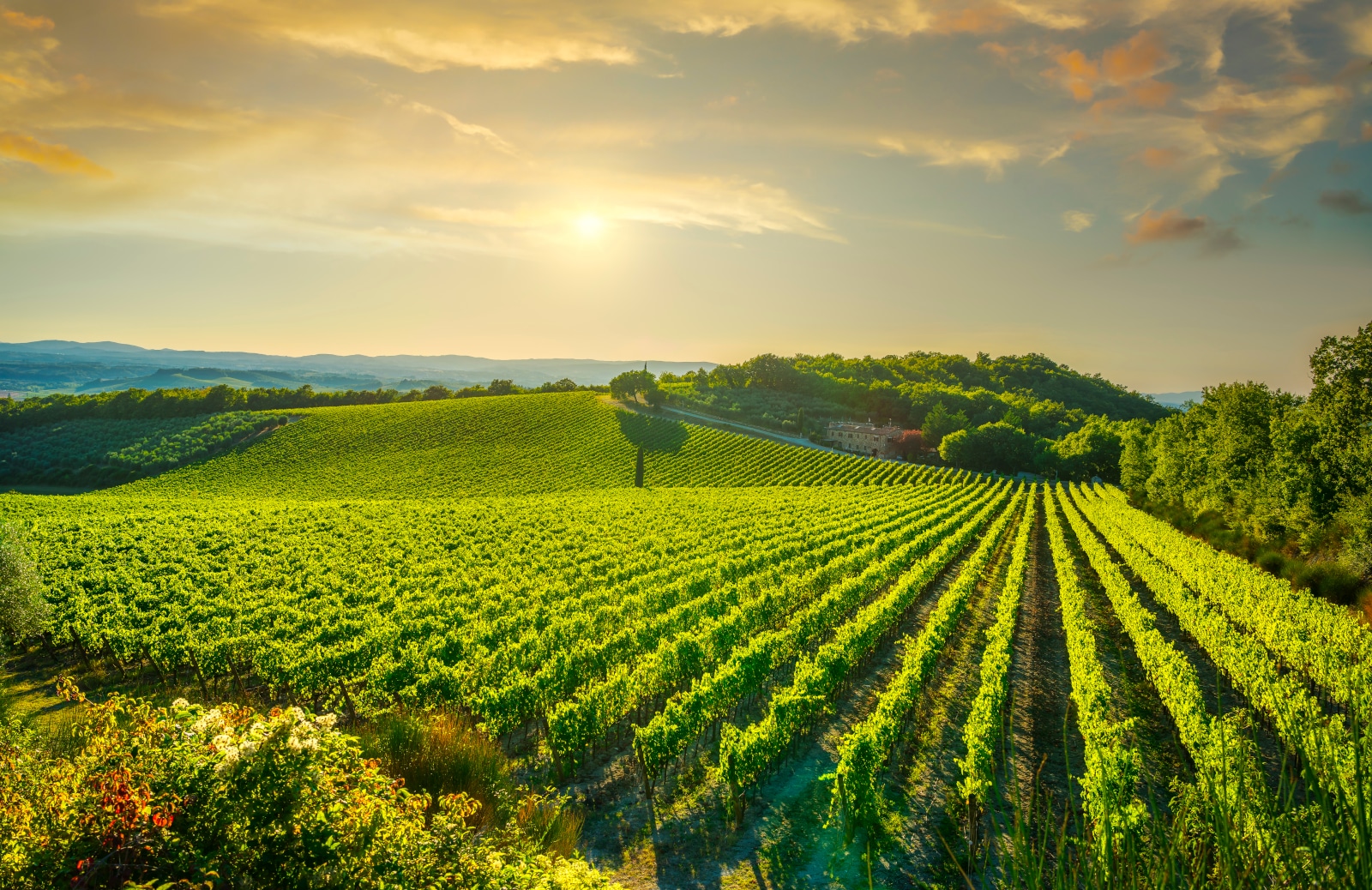
An Ancient Italian Red Wine Varietal
There are records that Sangiovese was an established varietal in the 16th century, and it seems that it has genetic links with Ciliegiolo and Calabrese Montenuovo, both of which are ancient varieties. This grape is not commonly grown outside of Italy.
What Kind of Wine Is Sangiovese?
Sangiovese is the grape of Tuscany and conjures romantic images of the region. However, the quality of the wine across the rest of Italy was not always consistent. Since the 1980s many advancements have been made in the winemaking industry and a focus has shifted to the creation of better quality wines. You may still experience quite a range of different variations of Sangiovese around Italy, and it may also be the same wine called many different names.
The Sangiovese Grapes
The best quality Sangiovese wine has grippy tannins, high acidity, and is well-balanced. The characteristic flavors of cherries, tomato leaf, and herbs should be the predominant flavors. When aged in oak barrels, the wine becomes mellow and soft, with hints of plum and wild berries, making it rich and delicious.
Is Sangiovese Dry or Sweet?
If you favor red wine with fairly high levels of acidity and firm tannins, then the dry Sangiovese wine is going to tickle your taste buds for sure! With a rich, fruity background, this medium-dry red is delectable. There may be some residual sugar in the wine, but that forms a vital part of its robust structure.
What Does Sangiovese Taste Like?
In order to fully appreciate the Sangiovese aroma, it is recommended that the wine is inhaled deeply before taking a sip. This will elevate the notes of vanilla, leaves, wild berries, and anise. After a short time, sweet fig, scented rose petals, and dried cherry scents will make their presence felt. You may even be lucky enough to discern a chalky undertone that comes from aging. Bottles of Sangiovese that have been stored for more than three years will have flavors of moss, herbs, truffles, and flint. These are precisely the mineral, earthy flavors that mark this red wine out as a winner.
Sangiovese Flavor Profile
You should not be surprised to find cranberry, currant, plum, dried flowers, cloves, bitter coffee, smoke, leather, and rock form part of the Sangiovese taste, as the different locations of the vines will bring a variety of flavors to the profile of the wine.
A Homely “Rustic” Wine
Sangiovese tasting notes often include the word “rustic”, and if you are used to American red wines, you may take a while to adjust to the unique flavors. Try a more fruit-forward variety for your first trial, and then progress to the more authentic earthy notes of the Italian Sangiovese.
How to Serve Sangiovese?
The best temperature to serve Sangiovese wine is between 60-65 degrees Fahrenheit (18 degrees Celsius) or room temperature. You may need to adjust the serving temperature up or down to achieve the perfect balance of flavor. You will not do yourself or the Sangiovese wine any favors if you chill it too much as you will disturb the delicate structure of the wine.
You may choose a large bowled glass or just a regular wine glass to drink this red wine from, and there is no need to decant the wine unless you want to.
How Long Should Sangiovese Breathe?
While Sangiovese does not necessarily need to be aerated, if left to breathe in peace for about twenty minutes, it will be just right. There is not much point in just uncorking the bottle and leaving it standing for a while as there is not enough space in the neck of the bottle for the air to make contact with the wine. Pour the Sangiovese into the center of the glass from a height of about six inches, and the wine will have time to aerate as it pours.
What Food to Pair With Sangiovese?
It probably goes without saying that any Italian food will pair nicely with a glass of Sangiovese red wine. With its ample tannins and medium-bodied profile means that it is comfortable in the company of hearty, gamey meats. Sangiovese wines are savory, with earthy, herbal flavors so they will complement down-to-earth stews and winter warmers.
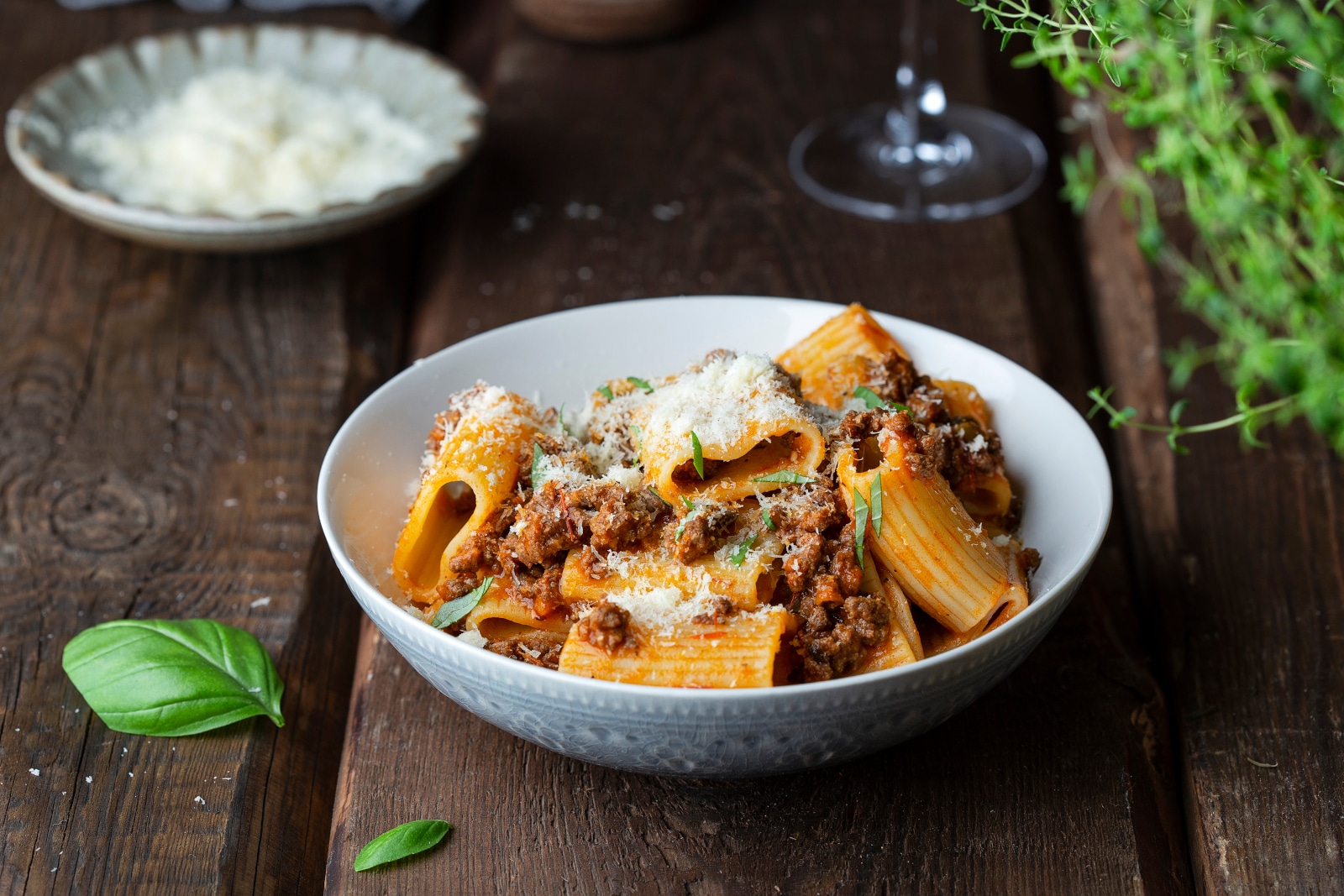
Think Tomatoes!
So, straight away I am thinking about pasta dishes made with rich tomato ragu. The sharp acidity of the wine combines perfectly with tomato in the sauce (and it is great to sip while you stir!) Any roasted meat and vegetables will go down a treat with the fruity flavors in the Sangiovese wine. And so will pizza, sausages infused with fennel, cured meats, and, of course, lasagne.
What About Vegetarian Fare?
Have no fear about serving Sangiovese wine with vegetarian dishes. The fruity, herbal flavors of this wine find a natural union with most vegetarian meals. It will be especially delicious if paired with vegetables that have been prepared with butter, olive oil, or cream as the fat content of those ingredients will mellow out the tannins of this red wine.
Is Sangiovese Wine Good With Cheese?
Sangiovese cheese pairing is a culinary delight not to be missed! It is especially good with hard cheeses such as Pecorino, but it will be delicious with practically any cheese you can name. A strong Gorgonzola or Provolone will not disappoint.
The reason Sangiovese wine pairs so well with cheese is due to its high acidity and extremely dry palate. The wine needs certain food types to balance the acidity and enhance the fruitiness of the wine.
How Much Alcohol Does Sangiovese Have?
Because Sangiovese grapes favor warm, dry growing conditions, together with mainly limestone soil, they have found a perfect home in many Italian regions. This gives the grapes everything they need to produce the full-bodied fruity flavor and grippy tannins that this wine is famous for. Sangiovese wine is particularly well-suited to barrel aging and achieving quite high levels of alcohol. Typically, the Sangiovese alcohol content is between 13 and 14% ABV, so it is advisable to sip this red wine responsibly.
How Many Calories Are There in Sangiovese?
About one-fifth of the bottle equates to a five-ounce serving (150 ml) and that is about 110 calories. That means that the carbs in Sangiovese red wine amount to 3.9 g. For anyone counting calories, this red wine is probably worth giving up other calorific foods for (in my opinion!)
Conclusion
So, making the acquaintance of this definitive Italian wine has hopefully been an enjoyable experience and one that will encourage you to sample a glass or two. Having spent quite a lot of time in Italy, I have been fortunate to sample this traditional red in its many guises. For lovers of red wine, the savory Sangiovese is not to be missed. This is not an overly sweet red wine, in fact, it can sometimes be slightly sour, but in a very pleasant way. It’s unpretentious, a bit rustic, but authentically Italian, and, paired with the amazing cuisine from Mama’s “Cucina”, you will have a taste experience beyond belief.

